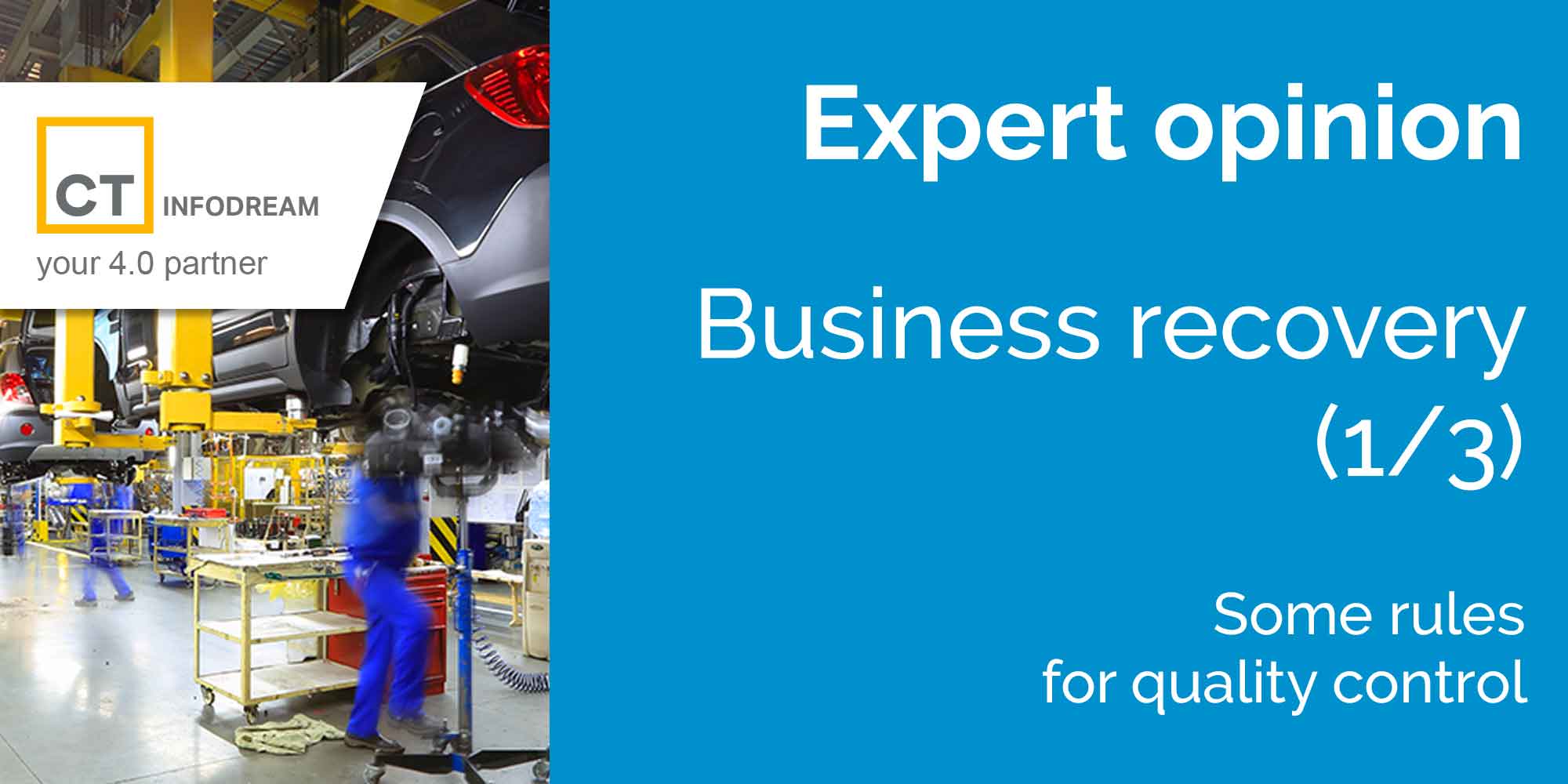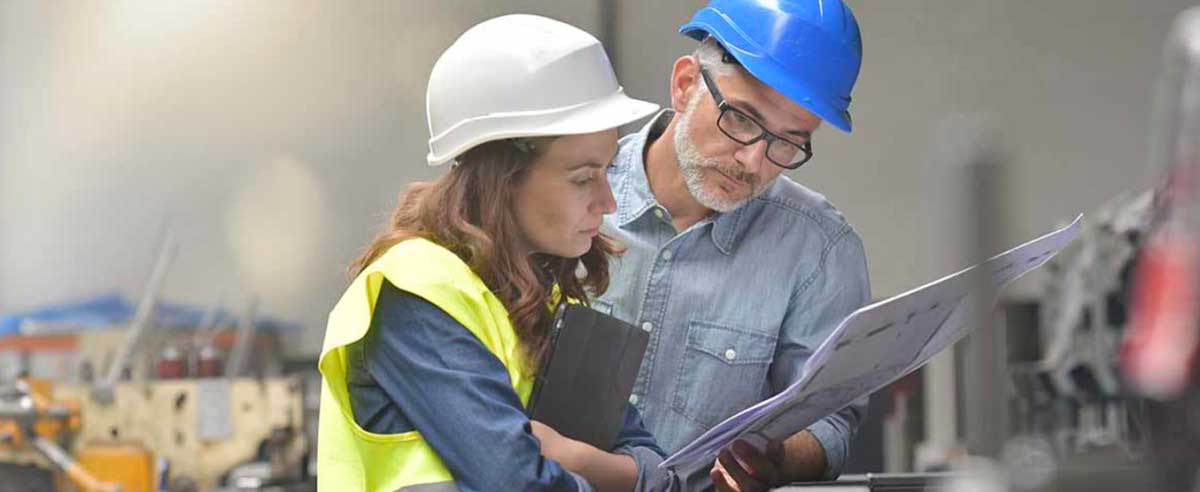
(1/3) Business recovery: some rules for quality control
Vigilance, good practices and lessons learned for the concerned quality manager.
The post-confinement economic recovery context is unprecedented. Most companies in the industrial sector have resorted, sometimes massively, to workload reduction tools. But very few of them have actually « closed their factories ». Indeed, most of the time, workshops have reduced the volume of production, interrupted some of their lines, resorted to short-time working, or developed a secondary activity. But very few have completely ceased their activity.
This recovery after a period of slowdown naturally brings with it a massive set of social, health and economic problems. And the quality approach is also affected by these issues. Indeed, steering production through quality only makes sense through regular monitoring of the selected indicators. It is therefore legitimate to be interested in the lessons learned and how this activity can be pursued in this disrupted context.
The aim of this series of articles is to propose some key ideas to be retained in order to adapt quality monitoring to the economic context observed.
1st part (1/3)
Instability, the number one risk in the quality approach.

Any period of interruption in an industrial environment, whether short-term (planned maintenance operations) or long-term (random, pandemic containment) is a potential source of variability. Machine settings may need to be redefined or tools changed. But also to check the evolution of environmental conditions, the possible modification of the characteristics of the raw material, review the rotation of the teams…
Although these potential variables are always present (and, it is desirable, controlled), the unpredictable events of this period of crisis could only amplify these elements of uncertainty:
- Flexibility in terms of workforce (absences, change of operators, modification of job assignments…)
- Use of unusual raw materials (old stocks, parts with similar but not identical characteristics, risk of supply failure, questioning the quality level of newly delivered materials)
- Changes at the environmental level: an increase in ambient air temperature, approximately +12°C between mid-March and mid-May 2020, has an impact on the properties of the materials stored, possibly outdoors, and on the performance of the workshop equipment.
In a « normal » economic context, these factors of instability are progressive, allowing the industrial process to be adjusted gradually. In the current context, which is much more uncertain, these parameters are likely to be modified more abruptly, with a real risk of impact on the quality of production.
Florian Cassin
Sales Engineer at CT Infodream
Read the following articles:
(2/3) Business recovery: a few rules for quality control
(3/3) Business recovery: a few rules for quality control